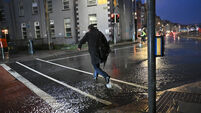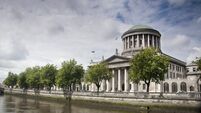Hedge trims wreak havoc on wildlife
When things irritate me, I try not to rant and rave. Sometimes I’m successful — but not when I come across tractors cutting hedges at this time of year. I stop the car and berate the drivers.
Most of the time, they are remarkably pleasant in the face of my outburst. They’re sympathetic but explain that they’re just obeying orders.














